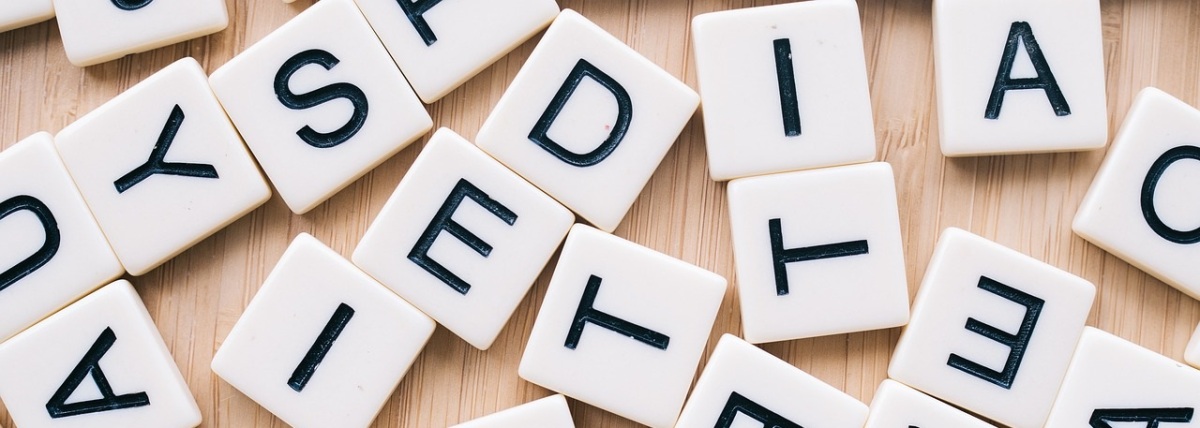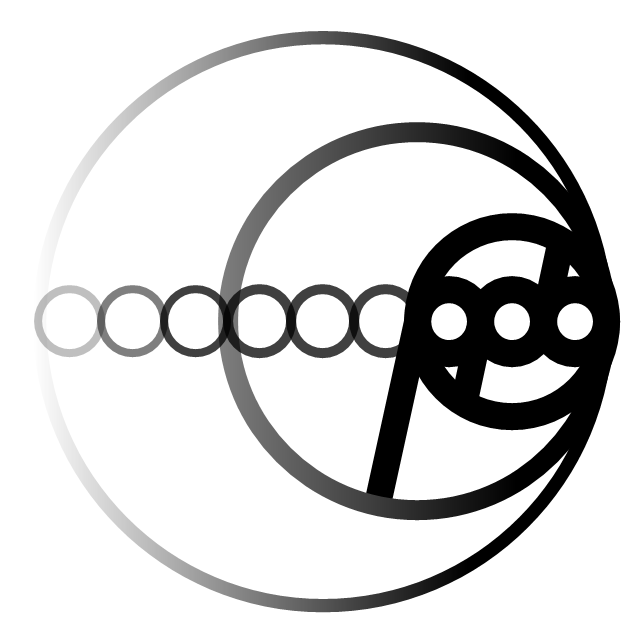Remember the last time you pulled a prank on someone and imagine explaining it to your friends. You go on building the events and so the excitement level goes up and up. For the last sentence, all the purpose of events is resolved into a comic relief. You will notice the expressions of people listening to your story keep changing as the event unfolds. They are building the picture of the event in their mind as you are delivering the sentences.
There are some moments in life when you do not have words to explain how you feel. Like first underwater diving experience, that joy and feeling of achievement of climbing up to one of the difficult summits, the thrill of skydiving. You could explain them to others, but still feel that the one must experience it to know it, understand it.
The thought underlying below the ideas explained above state three important things-
- The connection between what you said and what happened
- What the listener understood by listening to your story, his interpretation
- The explanation of the experiences that cannot be explained(!?)
The answer to these mysteries lies in the theory of language and how we handle it.

Ludwig Wittgenstein, known as one of the most influential philosopher of 20th century has done some work on what is famously known as ‘the picture theory of language’. According to Wittgenstein, the language and the world we live in has a structure. In simple words,the world is made up of objects which are related by names; language is made up of names. These names combine in a structure to form elementary propositions. The elementary propositions combine to form states of affairs. States of the affairs are the closest or equal to a fact.
Means we use different sets of words and propositions to establish relationship between them. This creates a base fact, and the combination of these base facts create picture of what could have happened in the event. For example, when somebody says we had fun last night at birthday party! – this makes us to picture birthday boy blowing the candles, a cake cutting event, everybody singing the song, eating and drinking, making jokes, playing fun games. We are picturing many objects and their different interactions to create an event which was fun. We created pictures of a cake being cut by a knife, colorful candles being blown, the tune of birthday song being sung to create the whole meaning.
There is one catch in the above explanation-
Not everyone will see same cake in their minds- some will see vanilla cake, some will see black forest, some will see lemon cake. Some people will have simple single-color candles, some will have colorful candles, some will cut the cake by plastic knife, some will cut the cake by a metal knife. The birthday songs may be in different language if your friend circle is multicultural (!) (Though the tune might remain the same!) This applies to every thing you say while communicating.
People can have very different pictures attached to the words and expressions. It is the superposition of the multiple propositions which creates a fact. The more precise, specific, and detailed your word choice will be the more will be the similarity between what you experienced, what you explained and what the person in front of you visualized.
Wittgenstein’s Picture theory of language was inspired by a Paris Traffic Accident case where the whole scene was enacted using objects to indicate how things happened. According to Wittgenstein, the reality is made up of various events or states of affairs which may or may not be true. The propositions are made up of elementary propositions (which are born from names, objects) and logical operators like ‘and’, ‘or’. The truth of events depends on the truth of the elementary propositions ultimately responsible for the formation of propositions thereby events.
The Picture theory of language helps us to understand the meaning of empathy in a deeper sense. The dictionary meaning of empathy is ‘the ability to understand and share the feelings of another’. In simple words- ‘the ability to put yourself into the shoes of other person’. The experiences of every person are very personal (!) this makes the association of many feelings and the objects unique in everyone’s mind. Ask fear to the Batman and he will see Bats, ask fear to the Superman and he will see Kryptonite. We have different pictures associated to every word and feeling. The things are simple when we are explaining an object, but it is not easy when we are explaining our feelings.
Hence, the empathy demands more focus on the listening abilities and trying to understand what others are saying instead of having prejudices and conclusions in advance. The more and more we create comfortable spaces for others to say- the clearer the picture we can build of how they really feel. The clearer the picture, the clearer and more personal will be our understanding. This will make us able to help people in a greater way, this will make the relationships more personal and more trust building.
” What can be said at all can be said clearly; and whereof one cannot speak thereof one must remain silent”
Ludwig Wittgenstein, Tractatus Logico-Philosophicus



Nice!
This has always fascinated मी. Not many share the clarity that we can achieve if only we tried to be more precise. Not society doesn’t care of we’re being precise. Like when I say the follow to my friends – “I crossed the street at nearly 90°, shortest distance with speed ~3 km/h while looking at both the sides of the road with equal interval of time”
I get weird looks from them & ‘You’re gonna die alone’ concerning look. I tried my best to convey the event accurately but it took a lot of of my 🧠 energy & time & data. If only we’d some advanced communication system where most of the details could be conveyed with minimal chance of misunderstanding!
LikeLiked by 1 person